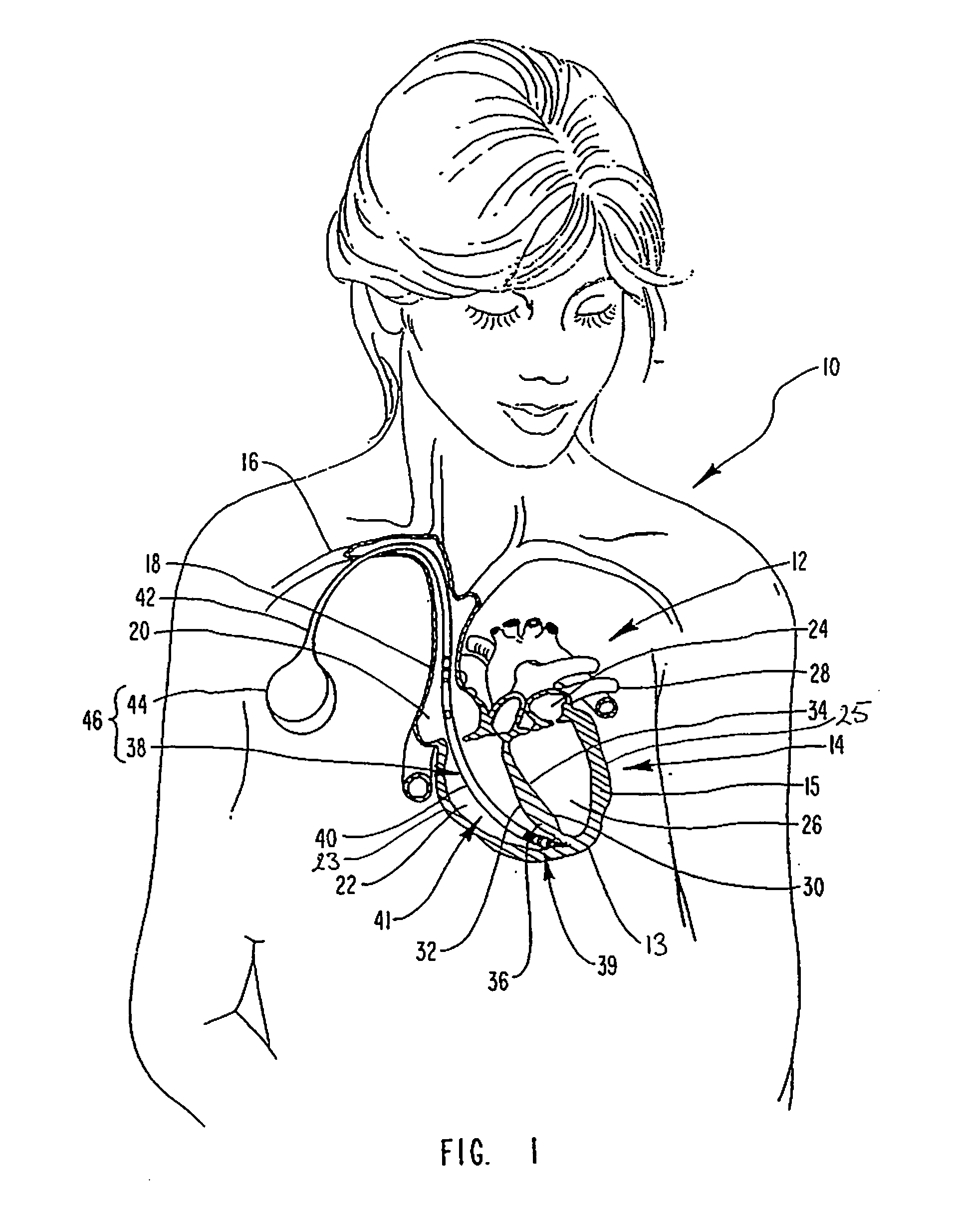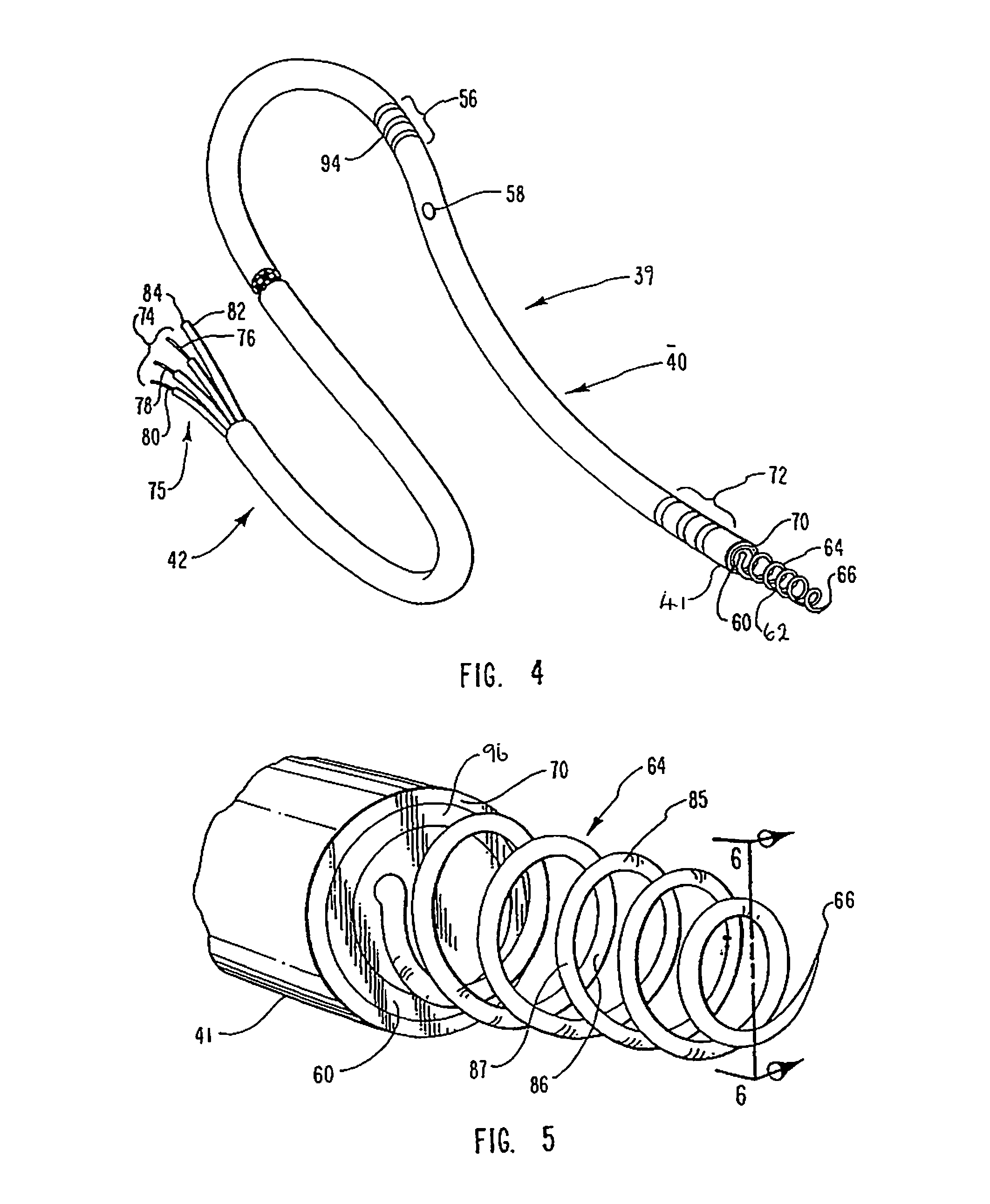Methods for treating pulmonary hypertension and compositions comprising vasoactive intestinal peptide
a vasoactive intestinal peptide and pulmonary hypertension technology, applied in the direction of peptides, drug compositions, metabolic disorders, etc., can solve the problems of severe injuries or deaths, lack of oxygen to the brain, and poor rate of successful resuscitation, so as to reverse the buildup
- Summary
- Abstract
- Description
- Claims
- Application Information
AI Technical Summary
Benefits of technology
Problems solved by technology
Method used
Image
Examples
Embodiment Construction
[0100]The role of VIP in modulating chronotropic and inotropic responses in the heart is still not known, although VIP has been shown to be a potent inotrope and coronary vasodilator. In view of its inotropic, chronotropic, and coronary vasodilatory properties in canines, VIP may play an important role as a polypeptidergic neurotransmitter in the regulation of human cardiovascular function. VIP has now been found effective in treatment of secondary pulmonary hypertension patients.
[0101]VIP has been shown to have significant inotropic effects in the canine heart when given intravenously or directly into the coronary artery. VIP is thus particularly suitable for use as an alternative treatment in humans when traditional treatment methods fail to result in a restoration of pulmonary or cardiac function in secondary pulmonary hypertension patients suffering from heart failure. VIP can be effective when standard treatments fail. VIP is thus an improvement over stand...
PUM
| Property | Measurement | Unit |
|---|---|---|
| concentration | aaaaa | aaaaa |
| concentration | aaaaa | aaaaa |
| weight | aaaaa | aaaaa |
Abstract
Description
Claims
Application Information
 Login to View More
Login to View More - R&D
- Intellectual Property
- Life Sciences
- Materials
- Tech Scout
- Unparalleled Data Quality
- Higher Quality Content
- 60% Fewer Hallucinations
Browse by: Latest US Patents, China's latest patents, Technical Efficacy Thesaurus, Application Domain, Technology Topic, Popular Technical Reports.
© 2025 PatSnap. All rights reserved.Legal|Privacy policy|Modern Slavery Act Transparency Statement|Sitemap|About US| Contact US: help@patsnap.com



